In 17036, Carolyn Walker and Luka Dodson Learned About Mixing Grass Clippings Into Soil
Lastly, you move additional wood pallets over each of these supports. Your bin is ready for garden compost! Feed your compost heap in meals, not just snacks Bear in mind that the more that you add to your pile at once, the more it warms up. Heat is great for compost.
The ideal temperature for your compost stack should be in between 120 to 160 degrees F. This is when the material decomposes the fastest. While a lower temperature will still enable decay, it will take a lot longer. There are compost thermometers you can purchase to determine the core temperature of your garden compost bin or pile.
When it's done, your compost stack need to not only look like abundant, dark soil, it should likewise feel and smell like it, too. You should not have the ability to see any residues of items that you put into it. You may likewise observed that ended up garden compost will be generally half of the volume of the products you started with, however it's likewise denser. smallyardbigdreams
Having the ideal mix of waste materials, moisture and air can produce a much faster compost heap. This page has to do with composting ideas and techniques. March 9, 20100 discovered this handy Keep it damp, for more information go to-how to garden compost, all the best. March 15, 20100 discovered this valuable Turn it numerous time a week and keep it damp however not leaking.
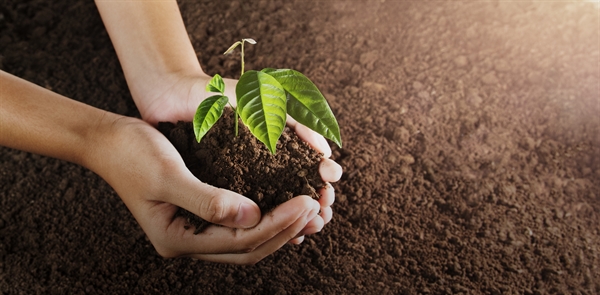

You'll know it is ended up when it no longer is as hot when you turn it. If your turf clippings were green and not dry, this stack is going to be extremely high in nitrogen sources and doing not have in carbon sources. Do you have any fallen leaves, shredded newspaper, wood chips, or other low-nitrogen waste you can add to it? High nitrogen stacks tend to be more stinky, if I remember properly.
I do not have natural eggshells to compost. I have actually checked out numerous eggs having disease. If I hardboiled eggs, then I put the eggshells in the compost due to the fact that the eggshells have actually been boiled. Nevertheless, often times I use eggs out of the shells, so I have been washing the eggshells in the dishwater and washing them clean after I am done doing the dishes.
Every year, American customers, organisations, and farms spend $218 billion growing, processing, transferring, and getting rid of food that is never consumed. That's 52 million loads of food sent to landfills annually, and 10 million lots that go unharvested or disposed of on farms. You can do your part to eliminate food waste by composting vegetables and fruits from your kitchen.
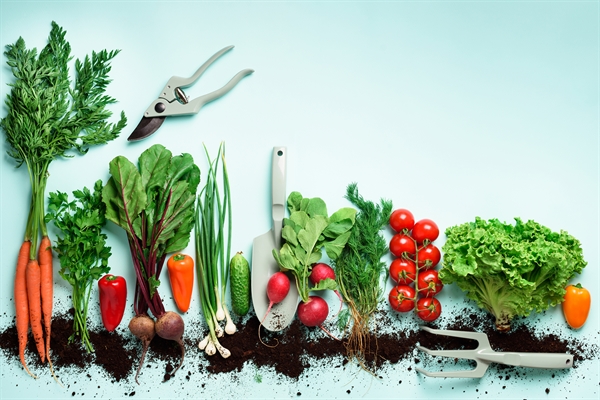
Win-win! Here are some ideas for making garden compost. Compost heap, tumbler, or worm bin? All of it depends on your space and offered time. A compost pile is excellent for those with great deals of waste and yard space. A tumbler will carry out in almost any size lawn, and a worm bin can fit even in the tiniest house, although it will need more attention (you're dealing with animals, after all).
Get the mix right. Whether you're tossing food on a stack or feeding worms, the rules about what to contribute to your compost are generally the same. Initially, make sure you have the proper ratio of "green" (food scraps) and "brown" (leaves or paper trimmings). Never ever add pet waste, plastic, animal items or fat, chemically-treated products, or weeds.
In Santa Clara, CA, Gaven Choi and Miley Madden Learned About Mixing Grass Clippings Into Soil
Consider your worms vegan. For worm compositing, a good guideline of thumb is: don't offer any ingredients to the worms that you would not feed to a vegan member of the family. Keep in mind that these are living animals (here's a good list of foods worms like and don't like). Keep it ventilated. Bugs and illness will remove in a composting setup that isn't properly aerated and balanced.
One indicator: the odor. If it's funky, you'll require to make adjustments. Great garden compost smells fresh. Simplify first. Food scraps and backyard waste that's too large or tough will take a long time to break down. Cut the scraps into smaller pieces initially prior to putting on your pile to accelerate the process.
Know when to harvest. Lots of compost tumblers come with two chambers so that after you have actually filled one with the best mix of leaves and food scraps, you can leave it be for a few months while adding to the other chamber. Worms too, will take about three months to transform a constantly fed quote from food waste to compost.
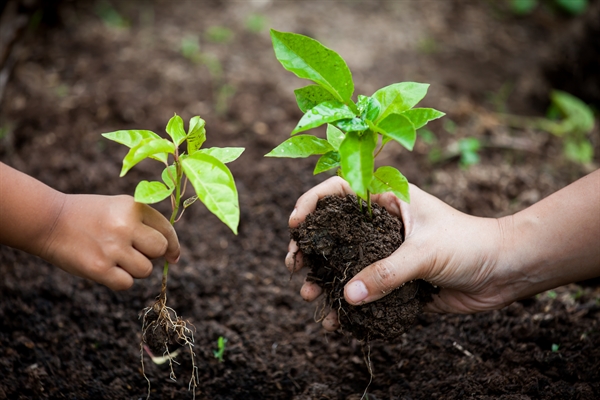
When you produce your own garden compost, you'll get the benefit of healthy fertilizer for your garden. Completed garden compost needs to resemble dark soil, odor fresh, and have no food scraps left in it. If you're not into gardening, you could always utilize a composting get or drop off service. Some towns even have curbside compost! ___ PICTURE: cat fulfills goat/Flickr.
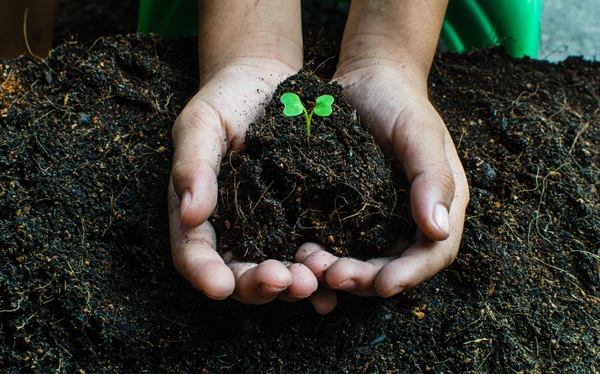
Advice to make your garden compost making a success. These can be included to your garden compost stack however the very best usage of them is to make leafmould. Things damp leaves into black plastic sacks (loosely connected), or an open wire mesh container. The resulting leafmould is ready to utilize after a year or two.
Additionally, leave on the yard whenever possible - they will soon vanish and feed the yard; this will not trigger 'thatch'. Can likewise be blended into a leafmould load, or used straight as a soil mulch. Plant materials struggling with soil-borne diseases such as clubroot and white rot should not be contributed to a garden compost heap.

Illness that don't need living matter to survive, such as grey mould, mildews, and wilts, might make it through in a cold load. However heat is not the only factor that will eliminate illness: the extreme microbial activity in a compost pile also helps to get rid of them. Some illness, such as tomato and potato blight require living plant tissue to endure and will not last long without it.
If in doubt, leave it out. Issue products can be sent out to your regional council green waste recycling facility where the composting techniques are hot sufficient to eliminate any issue organisms. that do not need living plants to endure - grey mould, mildews, wilts - might endure in a sluggish, cool load.
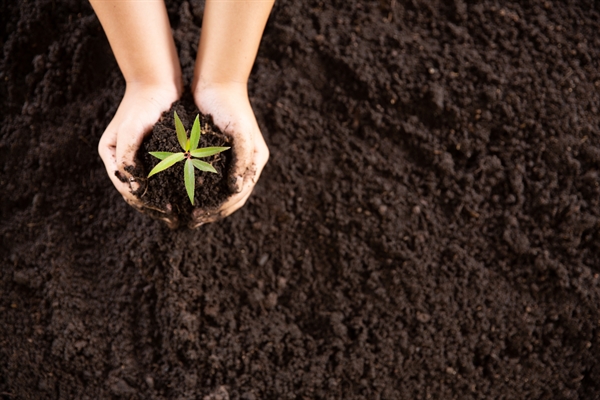
Some perennial weeds will be killed in a hot heap; prevent truly relentless scaries such as celandine, docks, bulbous buttercup, ground elder and bindweed. Do not burn or dispose these weeds - they are abundant in plant foods. Combine with yard mowings in a plastic sack. Tie it up and leave for a couple of months up until the weeds are no longer recognisable, then add to the compost stack.
In 20815, Carlee Carney and Lorenzo Vance Learned About Pick Up Grass Clippings
Weed seeds may make it through a cool heap, however should be killed in a hot one. If your compost tends to grow weeds, dig it in rather than spreading it on the soil surface area. Slice or shred difficult prunings and clippings from evergreen hedges before including to a mixed compost pile.
Blend with lawn or other triggering product; water well. Tread down the heap, then cover. In anything from a couple of months to a few years you will have a coarse mulch which can be utilized on perennial beds. Strawy horse and livestock manure composts well. Manure mixed with wood shavings must be left to rot up until the shavings have decomposed.
When decomposed use as a surface area mulch. Little animals, like hamsters, don't produce lots of droppings however you can still use their waste as a strawy addition to the garden compost heap. Guinea pigs are marvellous - they like eating weeds and transform them quickly to prime compost material! Paper can be included to a compost stack, but in any quantity it must go for recycling into more paper.
They are particularly helpful where cooking area scraps comprise a high percentage of the compost ingredients. Shiny paper takes a very long time to rot down. Coloured inks are quite safe to garden compost. Really sluggish to decay. Raw or uncomposted wood shavings included into the soil can secure soil nitrogen, making it not available for plants for a year or more.
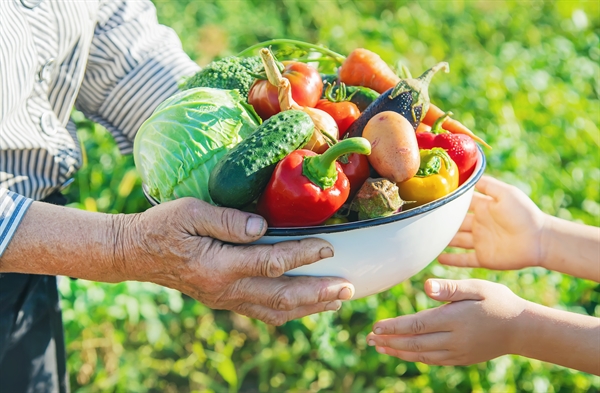
Share this idea!Food scraps and yard waste comprise about a quarter of total home trash, according to the Epa. Composting organic waste is a fantastic method to save landfill space and lower methane gas emissions while developing an abundant fertilizer that will assist your garden soil maintain moisture.
Companion Plants Resource
Additional ResourcesAlthough there are various techniques to house composting, these garden compost pointers will assist get any outside stack off to a good start. To keep your compost heap healthy and pleased, it needs nitrogen, carbon, air and water. Preserve this balance by feeding it equal parts green and brown components. Green materials-- such as veggie and fruit waste, coffee premises, yard clippings and eggshells-- contain nitrogen.
https://smallyardbigdreams.com/knowledge-base/companion-plant-index/When the garden compost has a great deal of fresh materials, it is very essential to stir it a minimum of as soon as a week. Aerobic germs, which are really essential to decomposition, need oxygen to flourish. When oxygen levels drop (when the garden compost isn't stirred regularly), anaerobic germs take over the procedure,